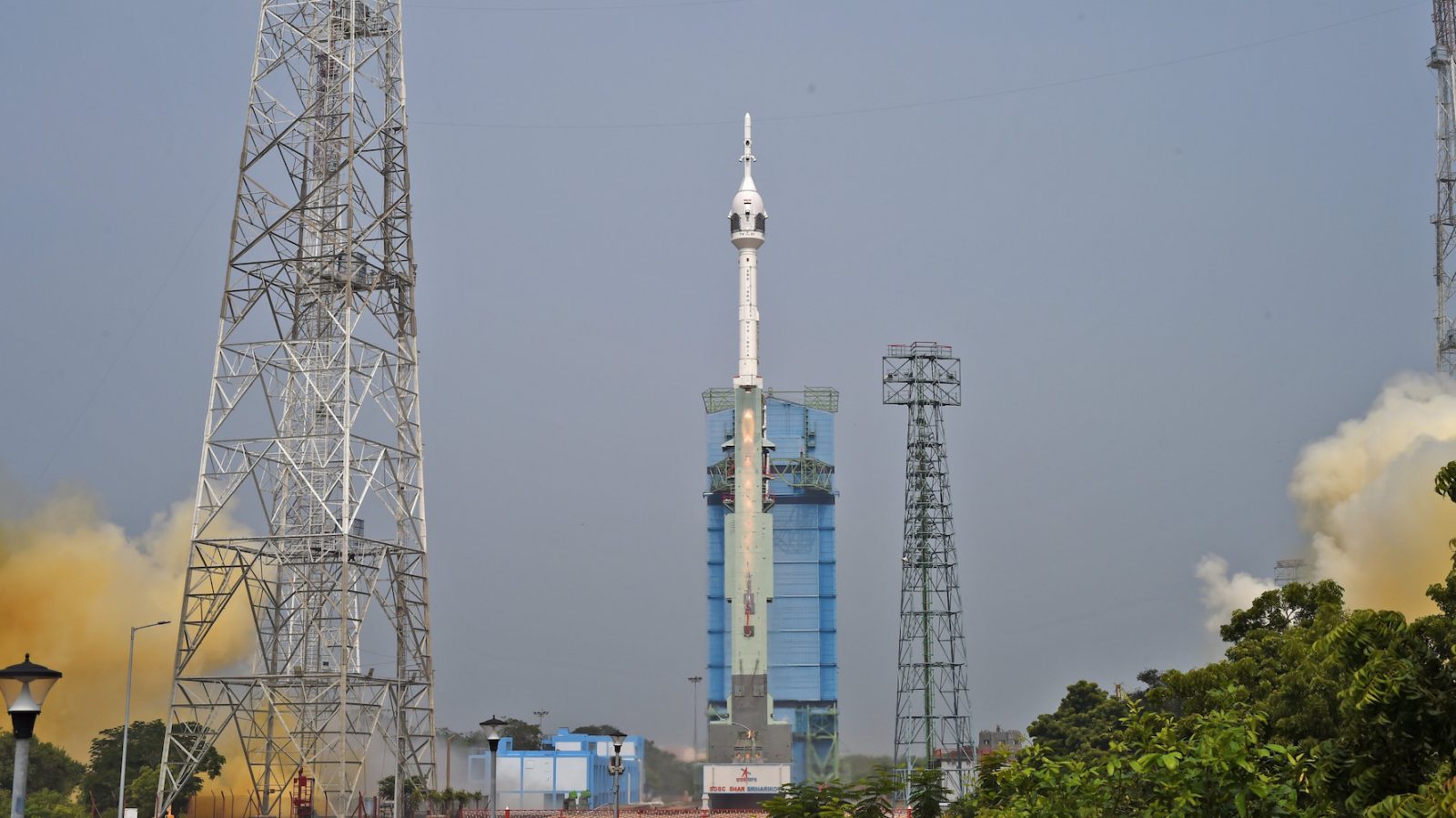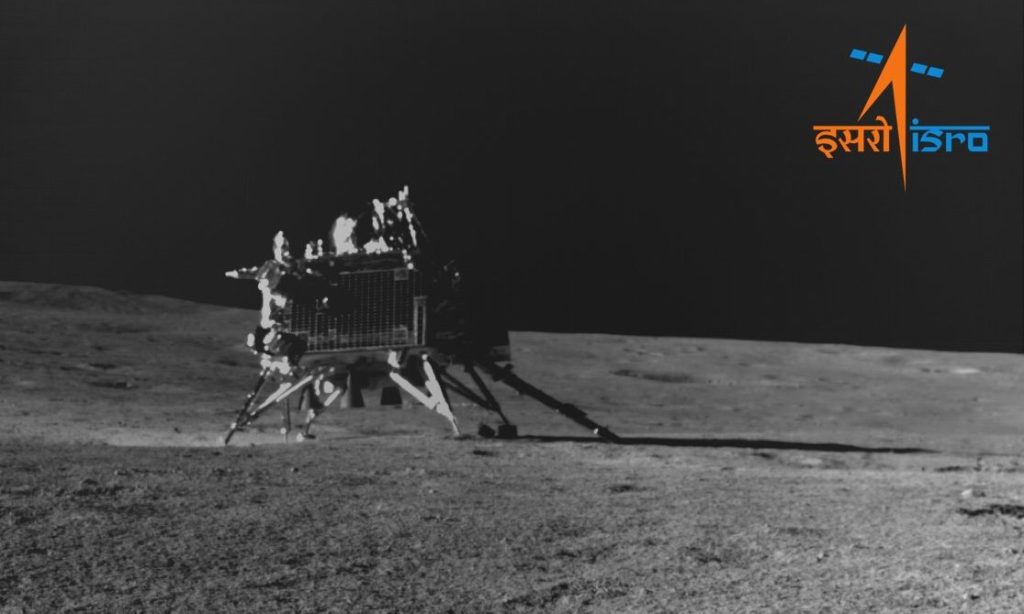
India has set its sights on an inspiring future in space exploration, with plans to send astronauts to the moon by 2040 and to construct a space station by the mid-2030s. These ambitious goals were revealed following a high-level meeting chaired by India’s prime minister, Narendra Modi, to assess the progress of the country’s Gaganyaan crew spacecraft.
In an October 17 statement, the Indian government outlined its vision for space exploration, with a focus on expanding its capabilities and presence in the cosmos. This includes the establishment of an “Indian space station,” known as the “Bharatiya Antariksha Station,” by 2035 and sending the first Indian astronaut to the moon by 2040.
India’s aspirations in space align with its efforts to develop independent human spaceflight capabilities, with its first crewed mission planned for sometime in 2025. A successful flight would place the country in an elite group of nations capable of sending humans into space.
These undertakings also place India in the midst of the global space race. NASA, for instance, has its sights set on a crewed Moon landing mission to the lunar south pole as part of its Artemis program, scheduled for no earlier than late 2025 or 2026. Meanwhile, China has announced its goal to land astronauts on the Moon by 2030.
These announcements follow recent Indian successes in space exploration, including the robotic Chandrayaan-3 moon landing and the launch of the Aditya L1 solar observatory.
Join our Discord Server: Join the community with forums and chatrooms about space!
A few days after the announcement, India completed a noteworthy step toward achieving independent human spaceflight capabilities by conducting an uncrewed emergency escape system test for its Gaganyaan spacecraft.
The Indian Space Research Organisation launched the uncrewed Test Vehicle Demonstration 1 mission on October 21 from the Satish Dhawan Space Centre to demonstrate the ability of motors to safely carry a crew capsule away from its launch vehicle in case of an emergency. The successful test supports a path for future crewed missions and underscores India’s commitment to space safety.

India’s future plans extend beyond lunar exploration, with the Department of Space developing a roadmap that encompasses a series of Chandrayaan missions, the creation of a Next Generation Launch Vehicle, construction of a new launch pad, and the establishment of human-centric laboratories and associated technologies.
Prime Minister Modi has also called for additional efforts toward interplanetary missions, including a Venus orbiter and a Mars lander. The country’s Mars Orbiter Mission (Mangalyaan), launched in 2013, marked the nation’s first successful interplanetary endeavor.
India is also opening its doors to private sector involvement in space, introducing reforms aimed at attracting global capital and fostering innovation. These initiatives aim to propel the country to the forefront of space exploration and scientific discovery.
FTC: We use income earning auto affiliate links. More.



Comments